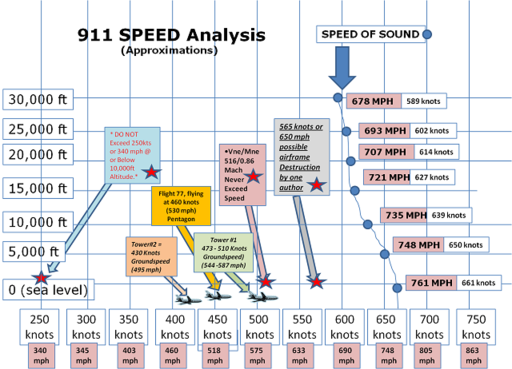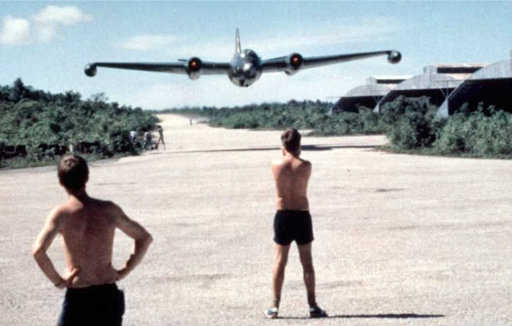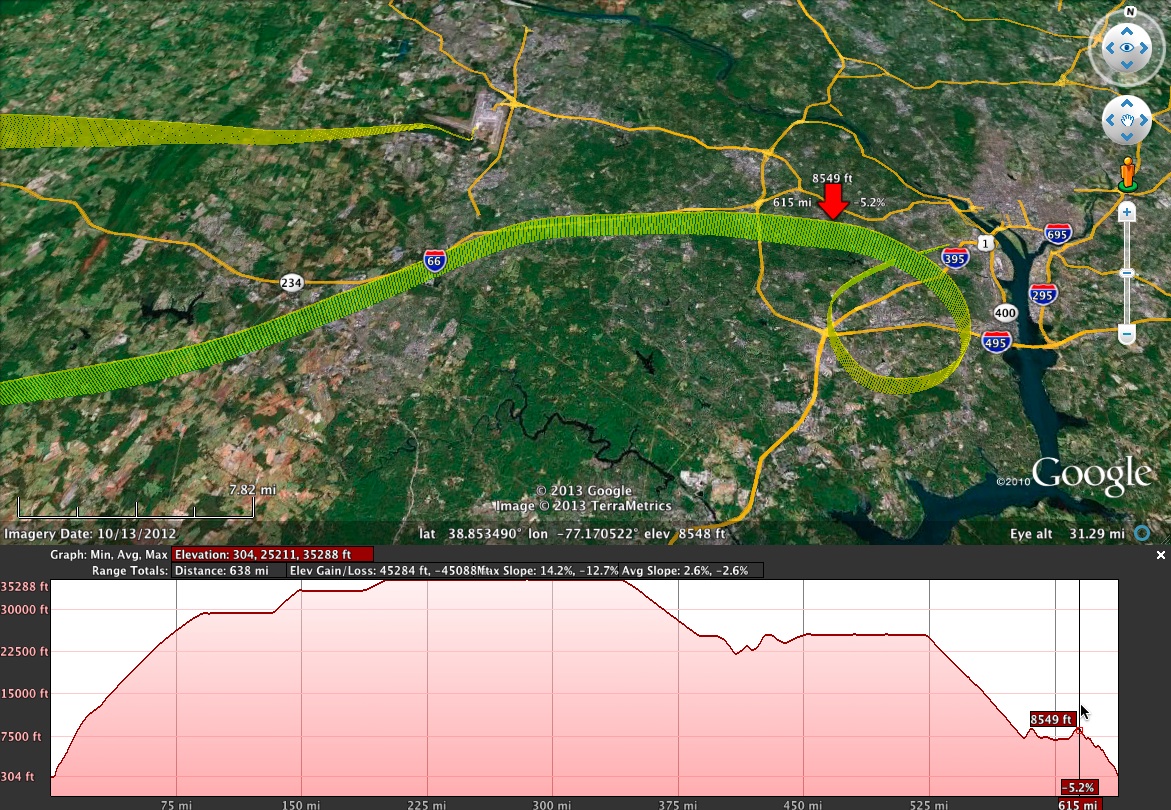George B
Extinct but not forgotten Staff Member
Makes sense . . .The autopilots on airliners are designed to give Aunt Martha in seat 46b a smooth ride. They are generally smoother in operation, particularly with the application of lateral G forces, than the average pilot.
If you want to take evasive action, such as a TCAS climb or descent, the first memory item is "autopilot -disengage" because the AP simply does not react quickly enough.



 27.0% (53)
27.0% (53)

